The impossible becomes possible in the digital world, in the imagination full of data scanned by connections and clicks, while our life unfolds in parallel between the real and the pixels of the digital. We do not realize it but our way of looking at the world is increasingly filtered – a term now in vogue in the world of applications – by lenses with specific filters and programs that enhance and amplify the photographed image. We are, in fact, constantly bombarded by millions of images conveyed by the data connection. And contemporary art itself cannot but clash or meet with this way of being in the world, finding itself condensed into other dimensions such as that of Digital Art.
It is clear how much the use of the web and social networks allows us to search for information, see images, now becoming a ritualistic aspect, a modus vivendi of our time, but it is not yet explicitly stated how much the dreamy utopias, the daydreams , that distant idea of ”free magic” of art, which has permeated the concept of “work of art” for centuries – before the avant-garde and neo-avant-gardes – has landed weightlessly, quickly and with visionary momentum in the digital and virtual world. This is how the galaxy of the internet is shared and used by everyone – in the economic sphere even with high business profits – but very few really deduce the enormous potential, the “virtues” or the most unknown and worrying aspects.
In this dense articulation of connections and specific programs, there is a digitalized or virtual contemporary art of landscapes, scenarios, locations that would be impossible to see in the real world. Indeed, it is also interesting to find any work of art online, but if it belongs to the more distant past or to modern art, we already know that it was not designed for the web. Instead, in the digital age, in addition to being entirely traceable, quantifiable and datable, the image of a digitized work, right from conception, has precisely a DNA belonging to the logic of pixels, clicks and algorithms. This, however, does not cancel the value of surprise and that sense of imagination experienced by users and amplified by the vision of a composition of visual grammar that creates, for example, the sea in a cup, the clouds in a room or the bedroom in a landscape.
What is happening in the online dimension is an epochal change in the use of the same digital images in a permanent mode of access and availability of the image that can be zoomed, saved or shared again in the social network. In this regard, the digital art-social network relationship also becomes a fundamental aspect as a yardstick for another way of reaching one’s audience with dreamlike and symbolic images, within everyone’s reach. If once, surrealist artists redeemed a superior idea of reality with their visions, guided by archetypal and significant scenarios, today we are witnessing an evolution in a hyper-symbolic and surreal key of digital, virtual 3D works and generic forms of visual art. Some social networks, created specifically to create a mosaic of photos, such as Instagram, have become real showcases.
Many digital artists, with a very high number of followers, use this social network as the main platform for the dissemination of their works: Yomagik, Morten Lasskogen (known as Iammoteh), Makoto Aida (who specifically does not have a social profile but there are numerous hashtags with his name) Gaia Barnatan, (followed as Liquid_Pink), Lara Zankoul, Max Papeschi, Shusaku Takaoka, just to name a few. The name of the digital artist Erik Johansson stands out, born in Sweden in 1985 with headquarters in Prague and a following of 184 thousand followers, with shows and exhibitions all over the world: Sweden, Germany, South Korea, Russia. Brazil, China, USA. His personal exhibition is currently underway at the Fotografiska gallery in Tallin – open until 21 January 2021 – conceived with a precise management of brightness and darkness aimed at creating surreal and, at times, fairytale scenic effects. His works are visible on his Instagram profile, but also on his website, and it is a real visual immersion in an amazing narrative imagery of moods, dreamy visions for an audience of children and adults. And what appears immediately is that Johansson’s visual compositions activate universal emotions of pleasant bewilderment and wonder in the observer. It should also be noted that his followers, in addition to being numbers, are people who comment, ask questions, creating a form of interaction with the artist.
In short, numbers, algorithms, data sequences constantly travel on the web to give shape to programs which in turn give the tools to assemble that impossible in amusing, dreamlike, experimental visions where to interpret the timeless symbols of a collective unconscious made of clouds inside the house, sea waves in the kitchen, gigantic clocks in the sea, escalators in the woods together with the brightness of landscapes of sunrises and sunsets where you can find a door, a bed, a ladder. Thus Digital Art travels very fast every day on social networks with a constant interaction of followers between comments and likes. This has never happened before with these numbers and connections from all over the world. Perhaps, in such a complex, patriarchal, aggressive society, full of war and violence, an idea of digitized art is necessary, which although “followed”, retains cathartic qualities to connect people from different sides and deliver powerful visions of a symbolic “magical imagery” that connects everyone. Not just online. But in reality we have forgotten it.
Nilla Zaira D’Urso
 Erik Johansson, Moon service, 2017
Erik Johansson, Moon service, 2017
 Erik Johansson, Cut & Fold, 2012
Erik Johansson, Cut & Fold, 2012
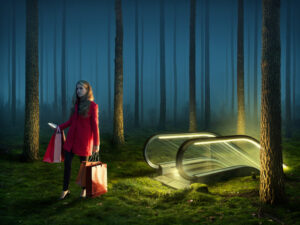 Erik Johansson, Above All, 2019
Erik Johansson, Above All, 2019
 Erik Johansson, Comfort Zone, 2019
Erik Johansson, Comfort Zone, 2019
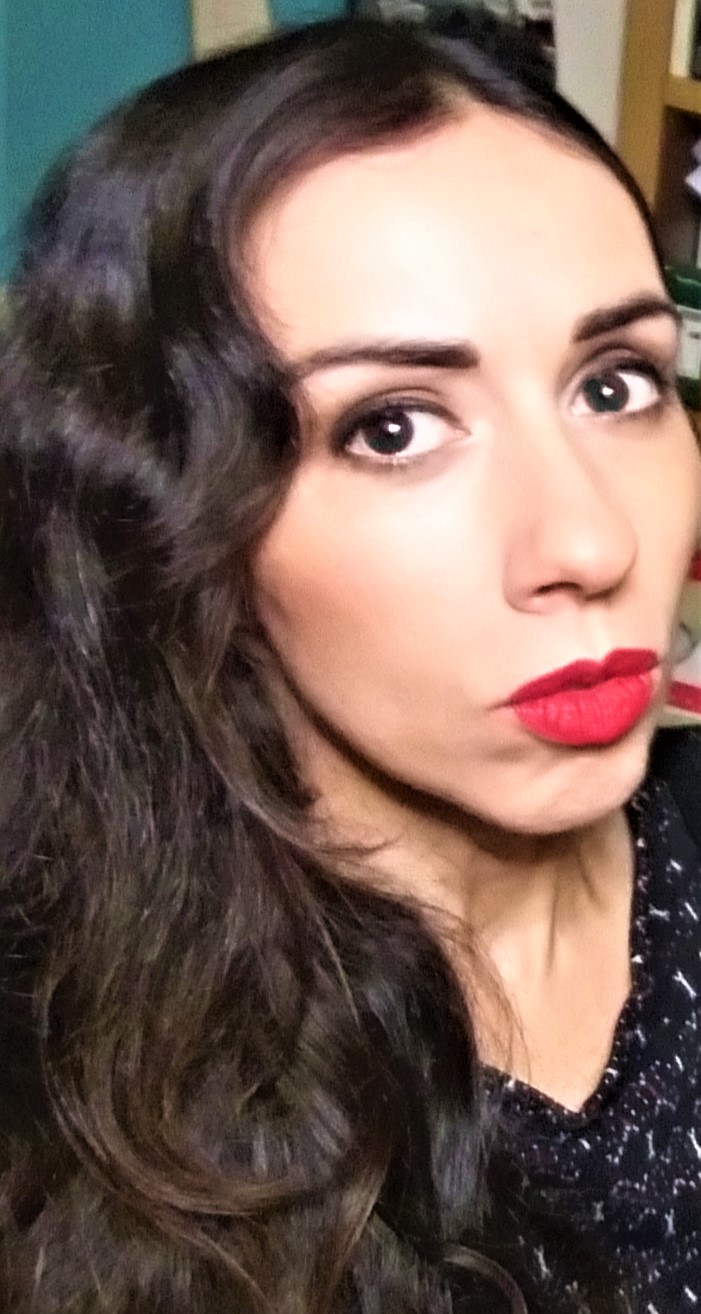
Through art she feels the need to get closer to nature, deciding to create an artistic residence on Etna as a “refuge for contemporary art” for artists and scholars. Thus was born Nake artistic residence. She won the Responsible Etna Award 2015. In 2017, she was invited to the Sala Zuccari, Senate of the Republic, as an art critic. She writes for Italian and foreign artists. Curator of the first Museum of Contemporary Art of Etna and of the “Contemporary Etna” project.


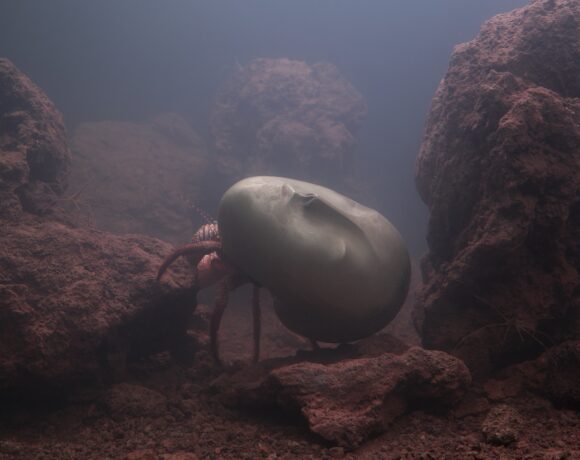
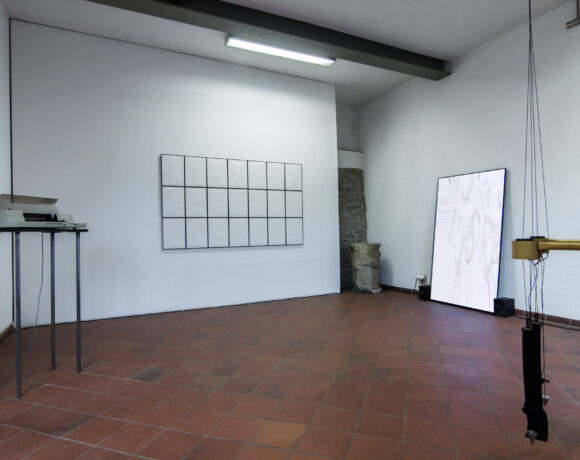
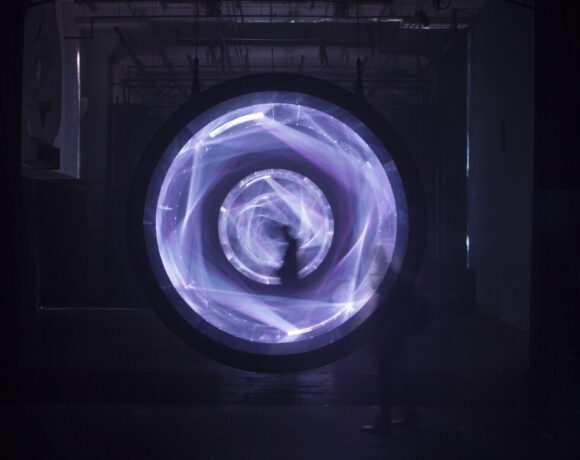

NO COMMENT